
|
What does Marine Debris do to marine animals? |
|
Every day, marine animals interact with marine debris in various ways. While some creatures have found homes in the new debris-filled habitat, other creatures perish.
When plastic bags are suspended in the water, they ressemble the movement of jellyfish to animals like sea turtles. Sea turtles mistakenly eat these plastic bags, thinking it is their favorite jellyfish to eat, which eventually clogs their intestines and trick their bodies into thinking they are full. These sea turtles then stop eating the nutrition food that their bodies require, leading to their deaths. |
|
|
|
| |
Entanglement is another devastating way that marine animals have come to interact with marine debris. Creatures such as seals, turtles, and seabirds may become tangled in or chocked by fishing nets, ropes, and fishing lines. When parts of or their entire bodies are entangled in marine debris, those animals lose their ability to move and function, resulting in death from starvation or lack of oxygen. This can happen when debris is in the water or on the shore by the ocean. |
| |
| |
The food cycle of marine birds such as albratrosses have also been greatly altered by marine debris. Mother albatrosses mistakenly feed plastics to their chicks and eat plastics themselves, thinking it is food. When the primary items that fill their stomachs are plastics, both adult albatrosses and chicks do not receive the proper nutrition to grow and fly. |
| |
|
You can view this CNN Report on what is happening at Midway Atoll
This is an external website. Please copy and paste a link into a browser address bar.
https://www.youtube.com/watch?v=lsJqMmuFWO4 |
|
| |
| |
When fish, whales, and other marine animals gulp seawater, they sometimes end up taking in small plastic pieces as well. |
| |
| |
|
| Photo courtesy: NOAA (The National Oceanic and Atmospheric Administration) |
| |
|
| |
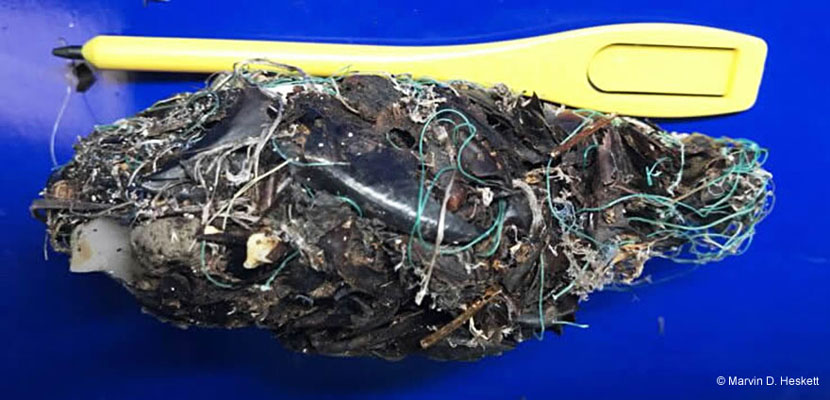 |
| |
|
| |
This is a super rare object sputtered from an albatross stomach found at Kure Atoll Island in Hawaii, located 1,370 miles Northwest of Honolulu. This island is known as one of the breeding sites of albatross; however this solitary island far off in the Northern Pacific Ocean is also thickly covered with enormous amounts of marine debris washed ashore. As a consequence of this debris, thousands of albatross die from obstruction in their digestive system and thousands of chicks die as they absorb no nutritional value from the plastic debris fed by their mother albatross.
The object (Size: 105 mm x 45 mm) of this image contains many plastic particles, fishing lines, fishing nets, plastic shopping bag fragments, small metal pieces, and many other non-digestive marine debris. This may give us new findings on the ecological impact of marine debris to the coastal and marine species.
Analyzation and evaluation will be fully performed by Professor Saido’s laboratory. We are hoping to introduce details of the analytical findings in the near future. |
| |
|
| |
Image subject: Sputtered stomach contents (gastro-esophageal reflux) of albatross
Size: 105 mm x 45 mm
Image provided by: Dr. Katsuhiko Saido, Professor of School of Ocean and Earth Science and Technology (SOEST), University of Hawaii at Manoa. Professor and senior Scientist of Nippon University Graduate School of Engineering Research, Japan
Photo taken: July 2017
Photo by: Marvin D. Heskett, Senior Chemist at Element Environmental LLC
Location: Kure Atoll Island, Hawaii (28.393157, -178.293414). 1,370 mils (2,200 km) NW of Honolulu, HI. |
| |
 |
| |

|
What does Marine Debris do to human? |
| |
People may become sick from consuming fish that eat plastics, as those debris can end up in our stomachs as well. As more fish consume more plastic debris, we will need to be more careful about our consumption of seafood. |
| |
The increasing presence of marine debris at beaches has also created an environment that is not safe for people to play at or swim in the ocean. Children and adults may come in contact with very sharp, such as broken glass pieces or injection needles that may contain harmful fluids.
Other debris may contain chemicals or other unknown liquids in or on them that can be harmful to people. |
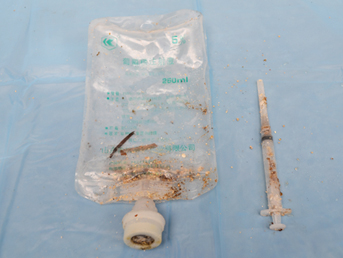 |
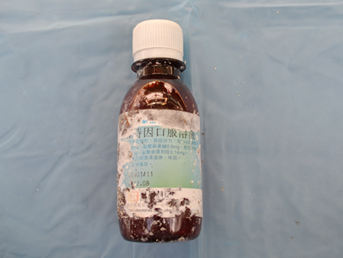 |
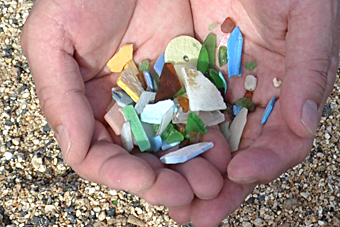 |
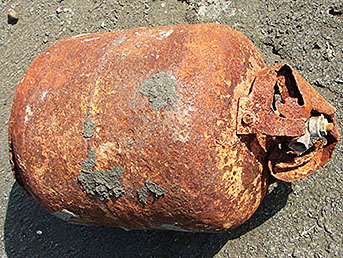 |
| drip bag & injection needle |
medicine bottle |
plastics & glass pieces |
propane gas tank |
| |
|
|
|
Marine debris has made it difficult for humans to
safely enjoy the beautiful beaches. |
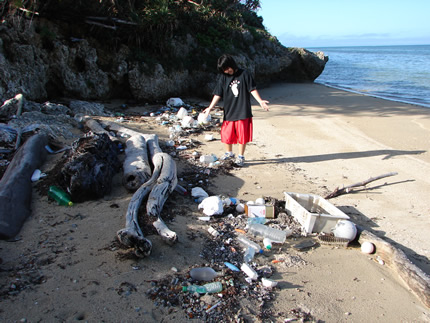 |
|
| |

|
What does marine debris do to the ocean environment? |
| |
Because marine debris is increasing rapidly every year, it is becoming a part of the marine environment. |
| |
Many marine creatures live in marine debris as shelter. This makes it a difficult task to clean up marine debris without inflicting significant damage to marine creatures and their habitats. |
A group of
macroplanktons
in a small light bulb house.
This light bulb was found
at Ocean Shores, WA
on July 30, 2014
|
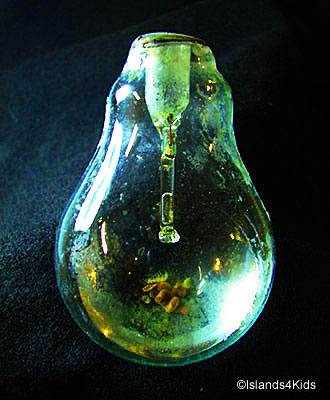 |
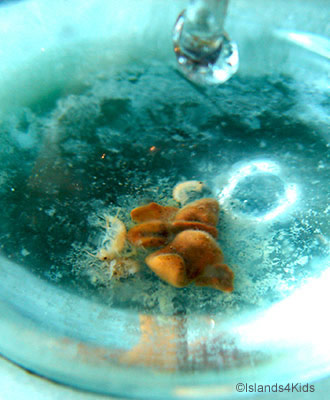 |
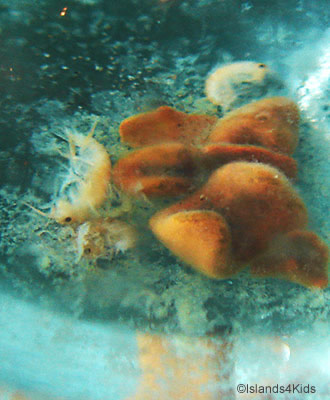 |
|
| |
 |
How deep plastic marine debris are sinking? |
| |
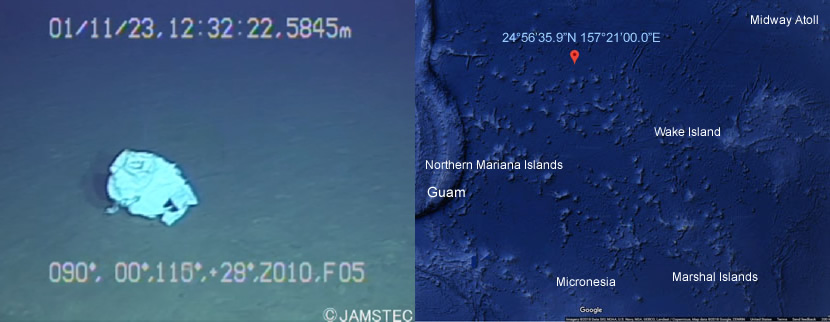
Photo Curtesy: JAMSTEC (Japan Agency For Marine-Earth Science and Technology) |
| |
|
| |
SHINKAI 6500 is a manned submersible that can dive to depths of 6,500 meters. This plastic bag was found at the seabed about 1,760km (1,100 mils) Northeast of Guam ( 24.59174, 156.99844) at the depth of 5,845m (3.7 mils).
Novenber 23, 2001 |
| |
 |

|
 |
| |